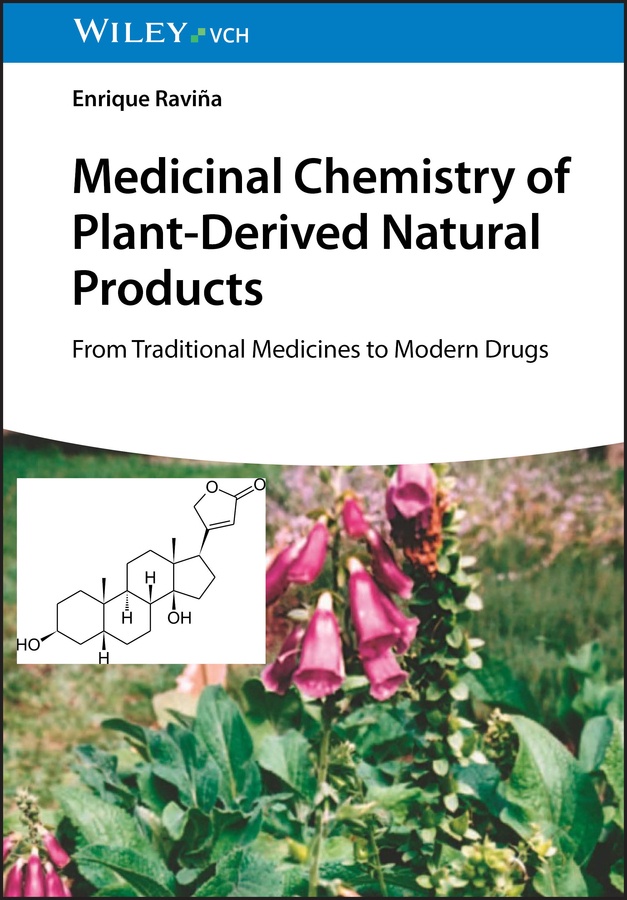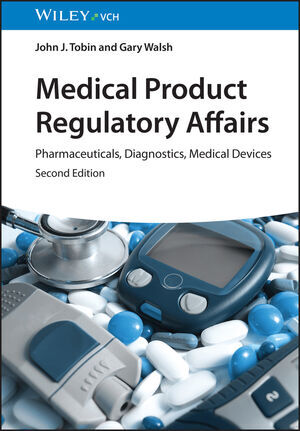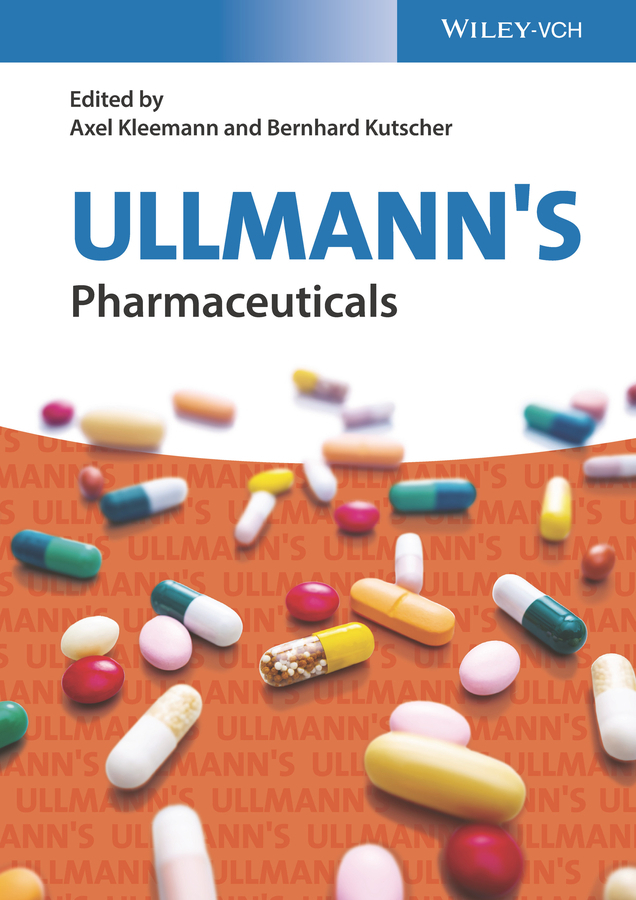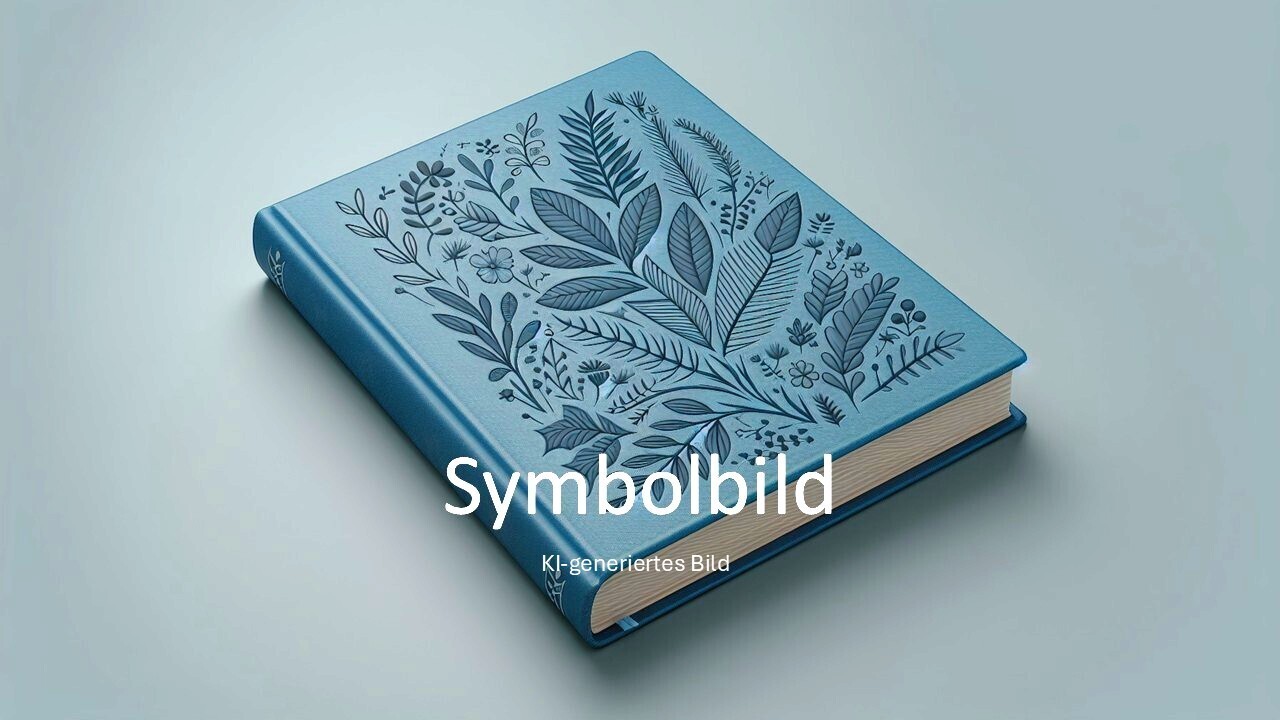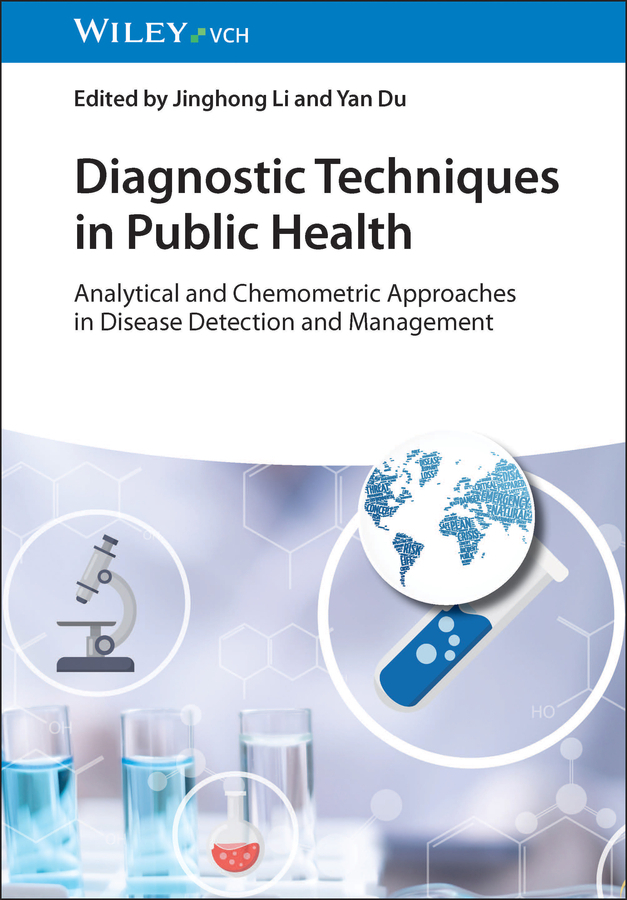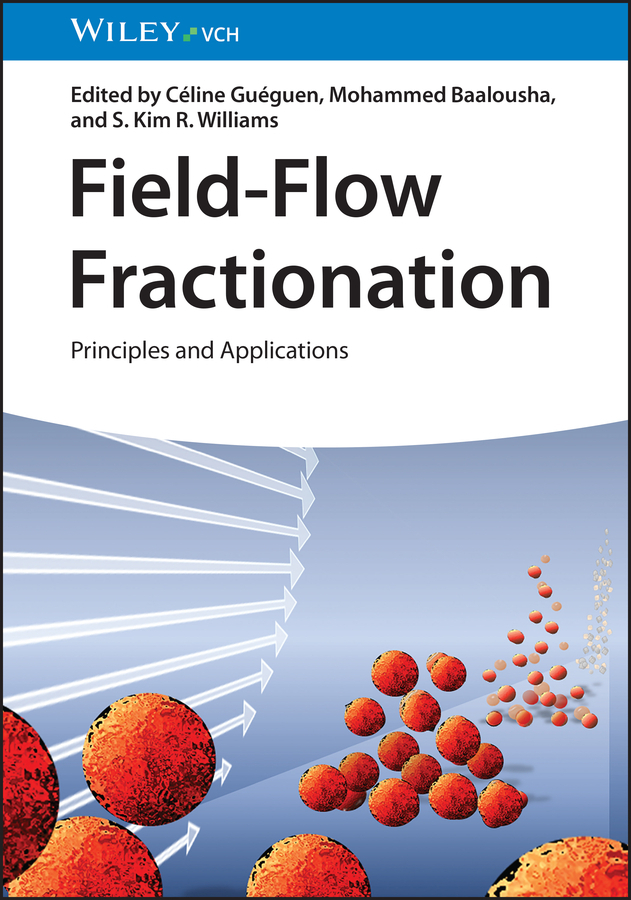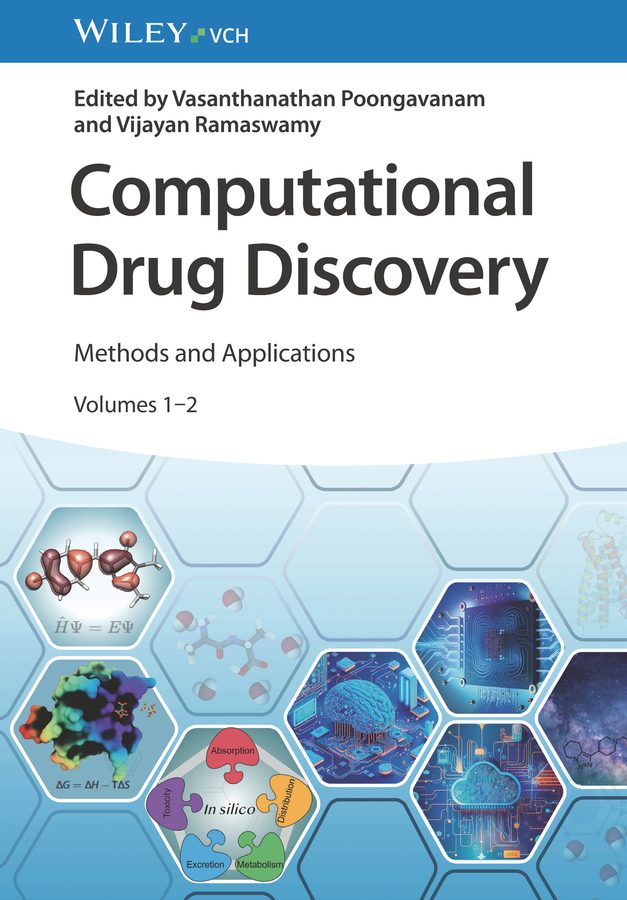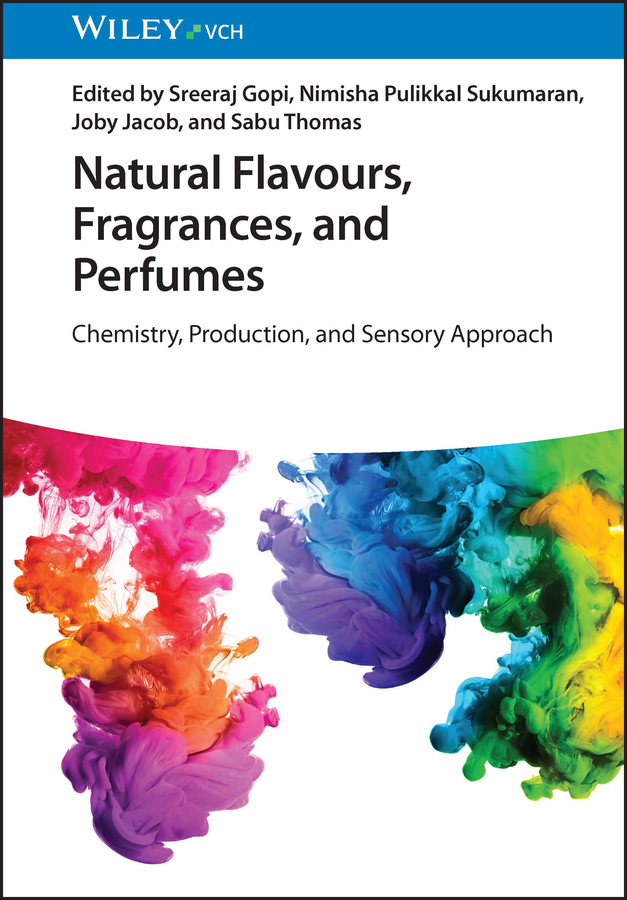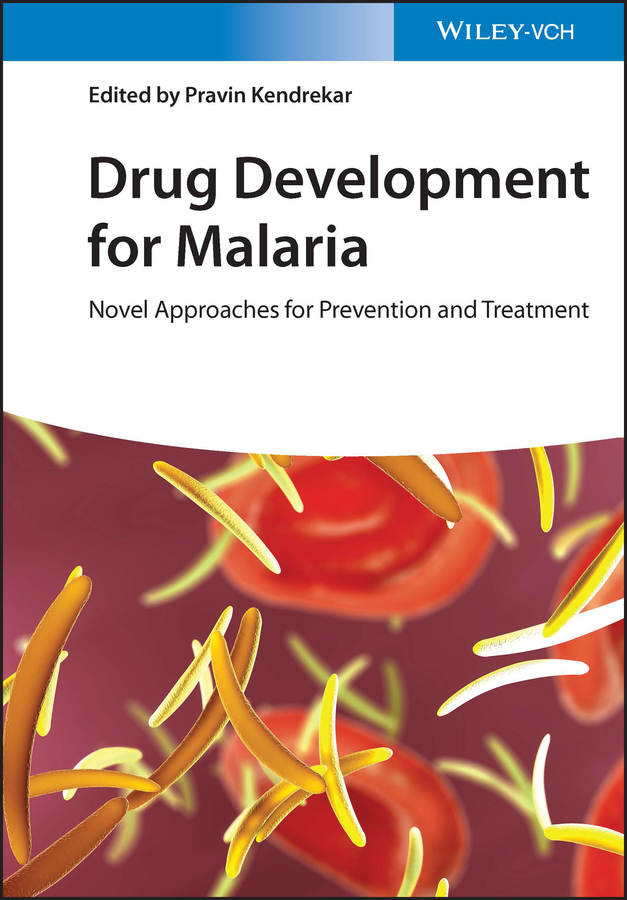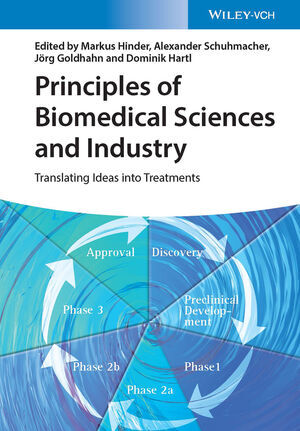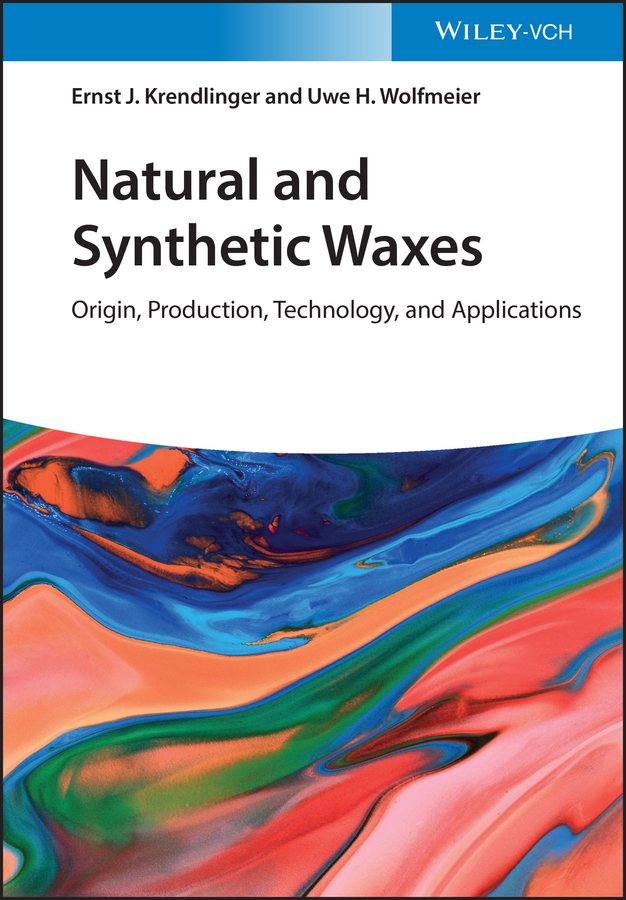Medicinal Chemistry of Plant-Derived Natural Products
A Chemical Exploration of Plants as a Source of Modern Drugs
Medicinal Chemistry of Plant-Derived Natural Products
A Chemical Exploration of Plants as a Source of Modern Drugs
Long before the advent of modern medicine, the healing power of plants was recognized and utilized. This understanding, that nature could aid in disease treatment, existed even before the pathology of illnesses and our body's physiological responses were comprehended. Today, this simple wisdom has evolved into a multi-billion dollar industry, and the value of natural products in the pharmaceutical field has remained significant as they continue to offer many advantages over their synthetic counterparts, namely that their metabolites often have a more potent therapeutic effect and are associated with fewer side effects. As such, the majority of today's drugs are either derived from plants or inspired by naturally occurring chemical compounds, underscoring the enduring lessons of the past in shaping modern pharmaceutical development.
This book, illustrated throughout with a rich collection of rare and historical images, also provides a wealth of references and primary information. It lists seminal publications alongside contemporary reviews, providing readers with a comprehensive overview of the topic. Whether you're a student, a graduate, or a researcher in academia or industry, Medicinal and Pharmaceutical Chemistry of Plant-Derived Natural Products offers invaluable insights into the journey of transforming plants into pharmaceuticals.
Introduction & Historical Background
This book, illustrated throughout with a rich collection of rare and historical images, also provides a wealth of references and primary information. It lists seminal publications alongside contemporary reviews, providing readers with a comprehensive overview of the topic. Whether you're a student, a graduate, or a researcher in academia or industry, Medicinal and Pharmaceutical Chemistry of Plant-Derived Natural Products offers invaluable insights into the journey of transforming plants into pharmaceuticals.
Introduction & Historical Background
PART I Carbohydrates
1. Carbohydrates
2. Glycosides. Type-II antidiabetic agents. Phlorizin and related Glifozins.
3. Anthraquinone glycosides
PART II Polyphenols
3. Polyphenols. Balsams and oils. Podofilum and related antitumor agents.
4.Coumarins. Chromones &Furochromones.1,4-DIHYDROPIRIDINES: NIFEDIPINE
5.Flavones and Cyclic Dependent-Kinase (CDKs) inhibitors. Palbociclib
PART III Terpenes
6. Cannabis and cannabinoids.
7. Artemisia. Artemisinine and related antimalarials
8.Taxanes. Paclitaxel, Docetaxel, Cabazitaxel as antitumor agents.
9.Triterpenes&Saponines
PART IV Steroids. Raw materials for steroid production.
10. Early Steroid Chemistry I
11. Early Steroid Chemistry II
12 Steroid Chemistry III
13 Steroid Chemistry IV
14. Steroid Chemistry V. Corticosteroids
15. Digitalis &Strophantus Glycosides
PART V Alkaloids
Introduction
16. Ephedra and adrenergic drugs
17. Piperidine and pyridine alkaloids. Colchicine
18. Tropane alkaloids. Atropine and anticholinergic drugs
19. Tropane alkaloids. Cocaine and Local Anaesthetics
20. Tetrahydroisoquinoline alkaloids. Opium. Morphine &Fragmentation.
21. Bis-tetrahydroisoquinoline alkaloids. Curare. Tubocurarine and related neuromuscular blocking agents.
22. Amarillidaceae alkaloids. Galantamine
23. Indole Alkaloids. Physostigmine and related carbamates.
24. Terpene indole alkaloids. Antitumour Vinca alkaloids
25. Quinoline alkaloids. Quinine. Camptothecine & and related antitumour agents.
26. Miscellaneous. Cephalotaxus alkaloids. Purine alkaloids
Ravina, Enrique
| ISBN | 9783527354948 |
|---|---|
| Artikelnummer | 9783527354948 |
| Medientyp | Buch |
| Auflage | 1. Auflage |
| Copyrightjahr | 2026 |
| Verlag | Wiley-VCH |
| Umfang | 560 Seiten |
| Abbildungen | 14 SW-Abb., 125 Farbabb., 16 Tabellen |
| Sprache | Englisch |

